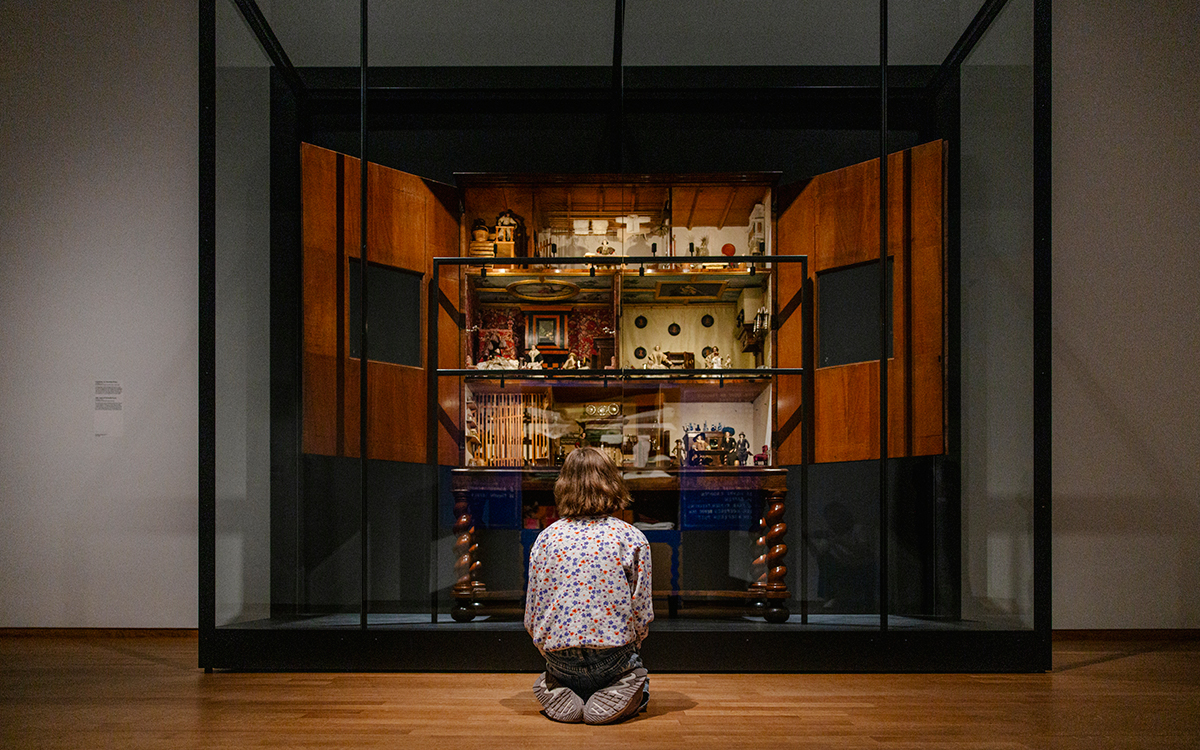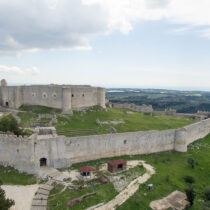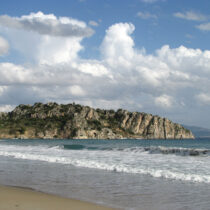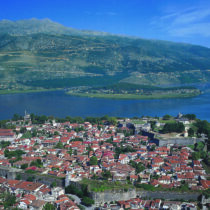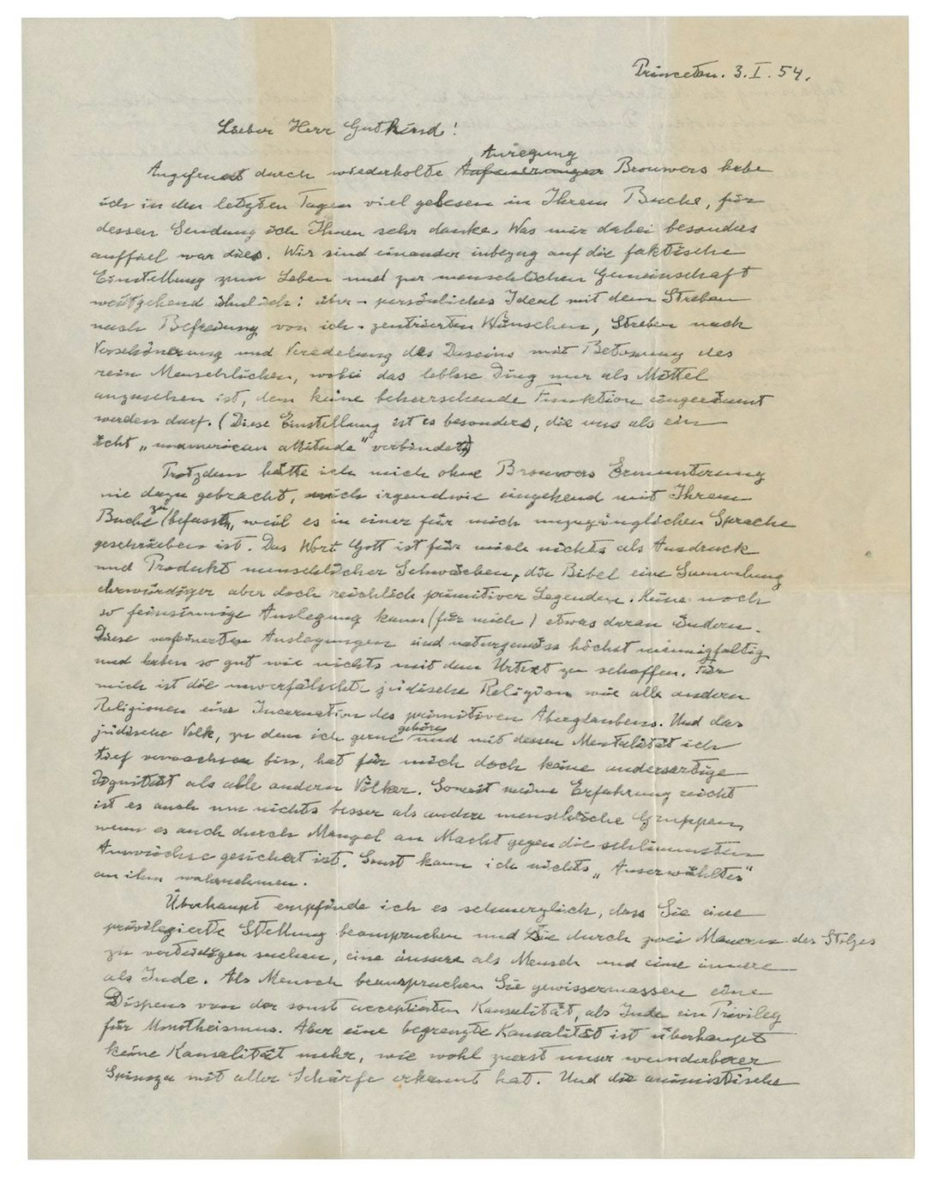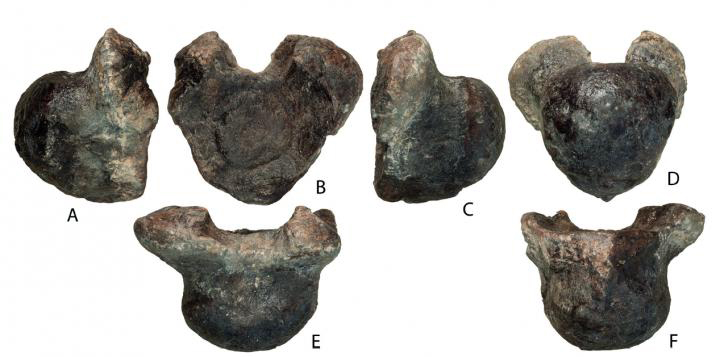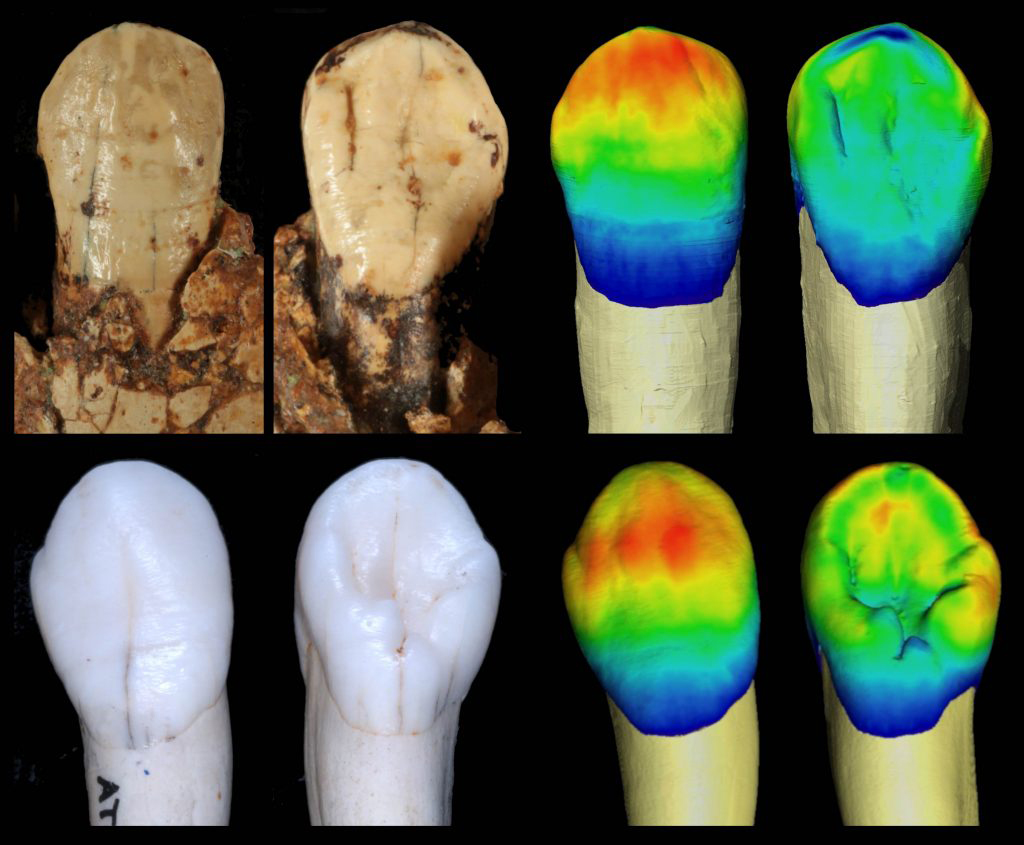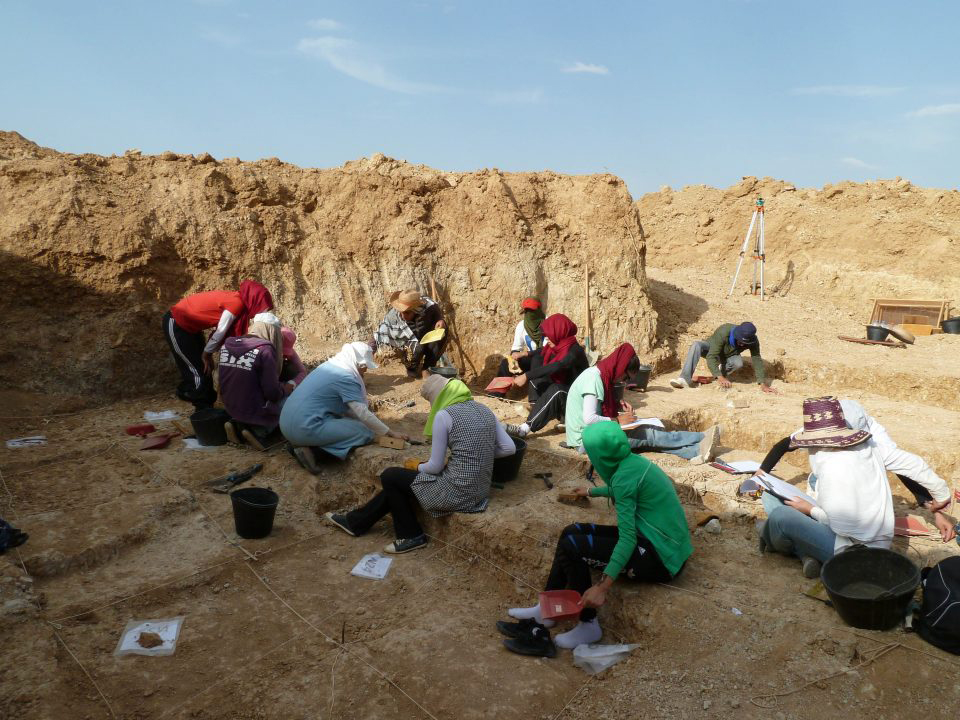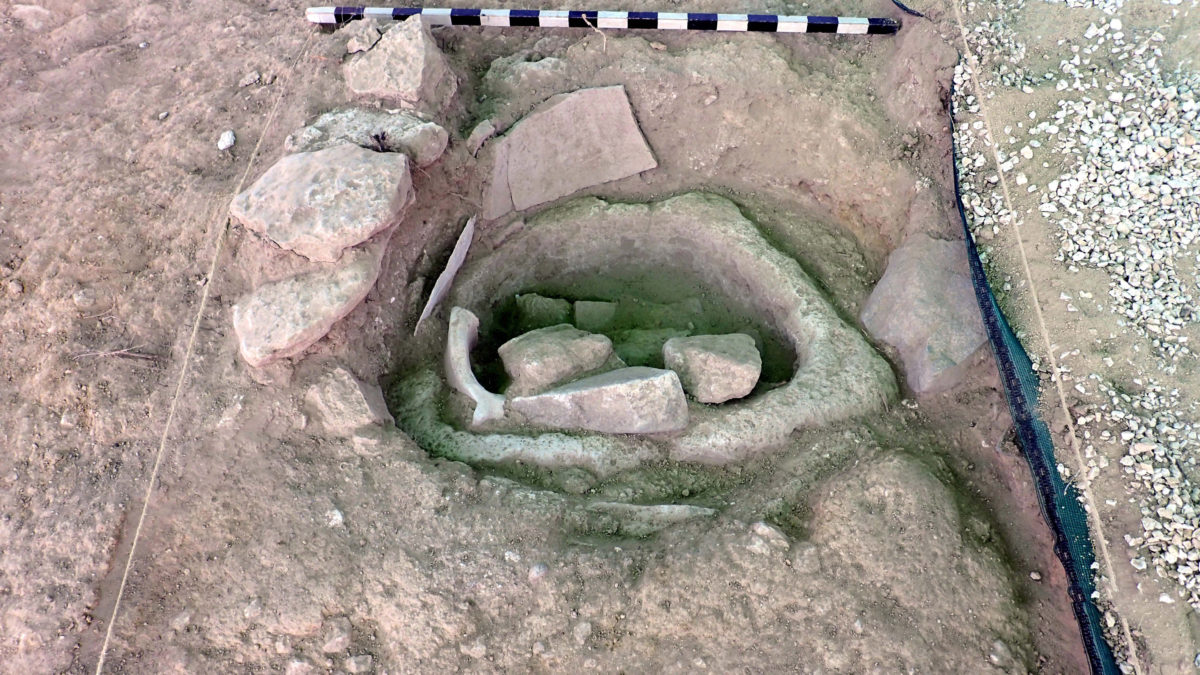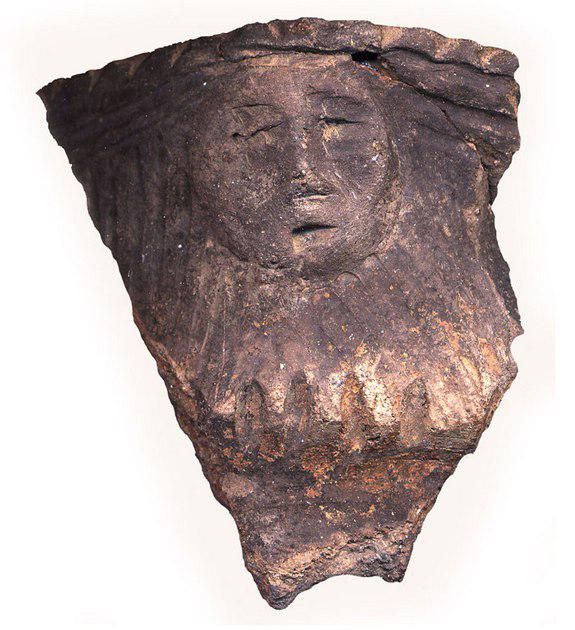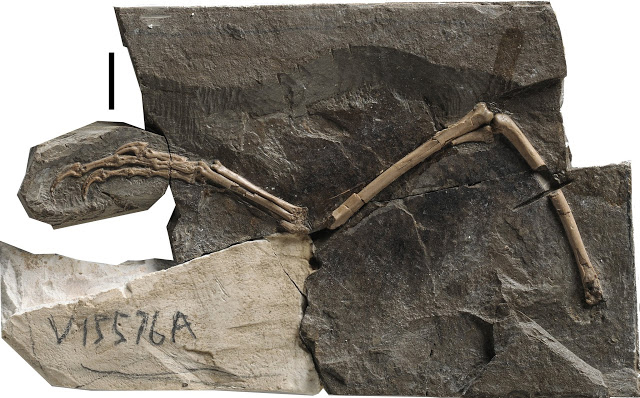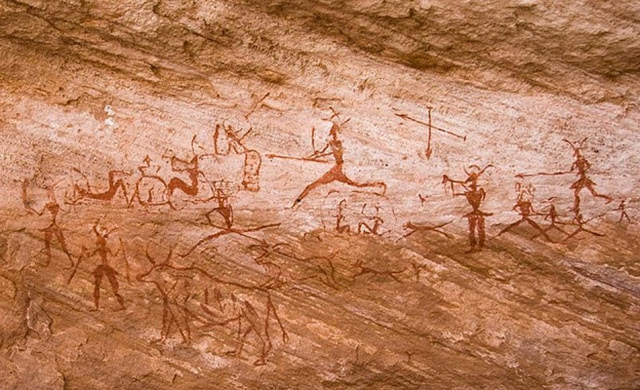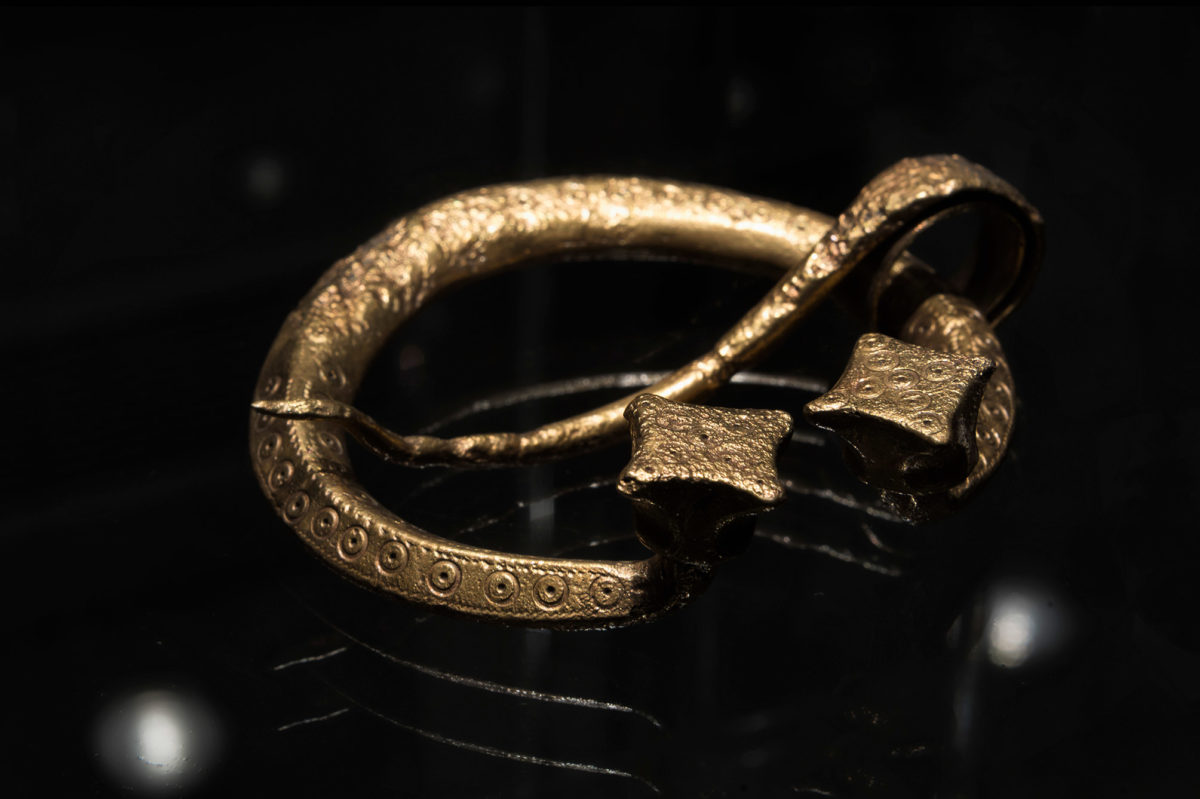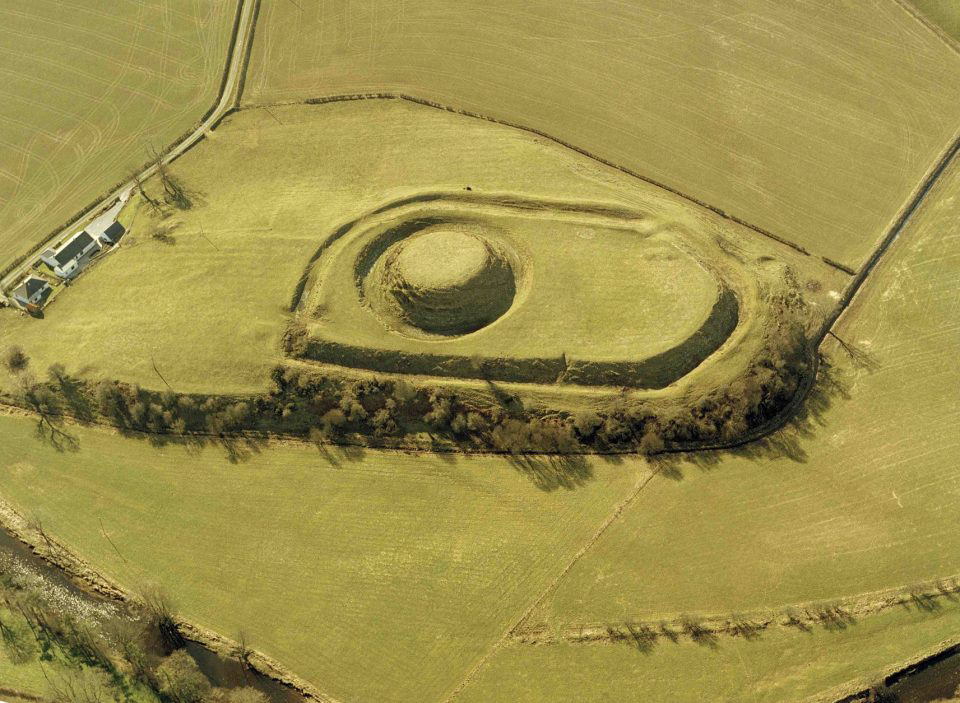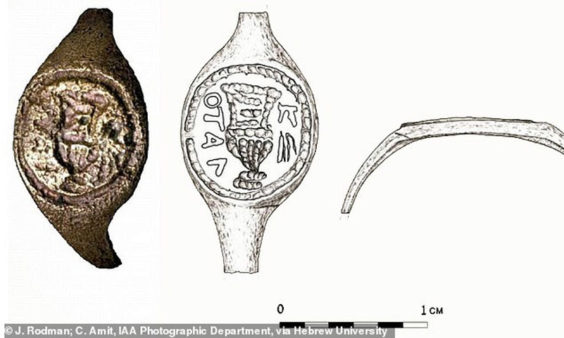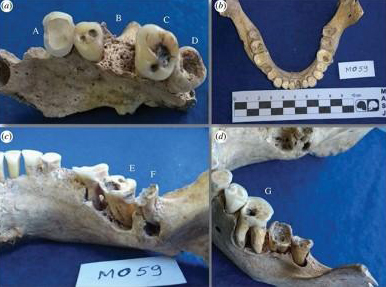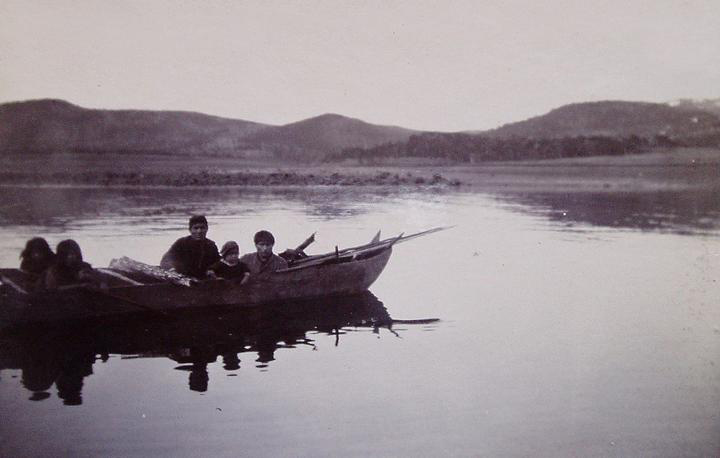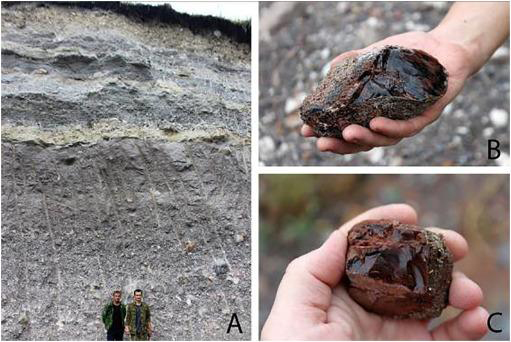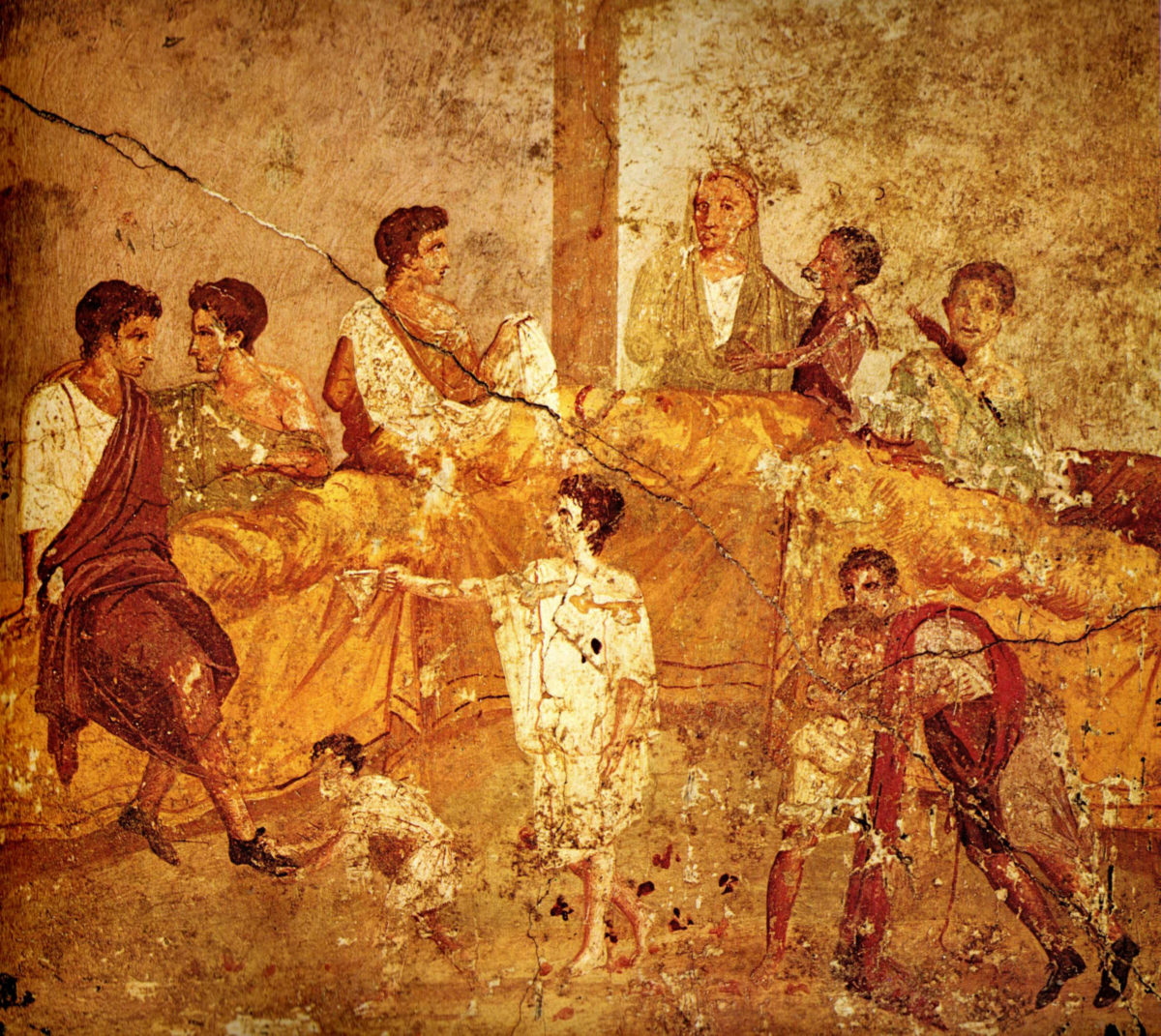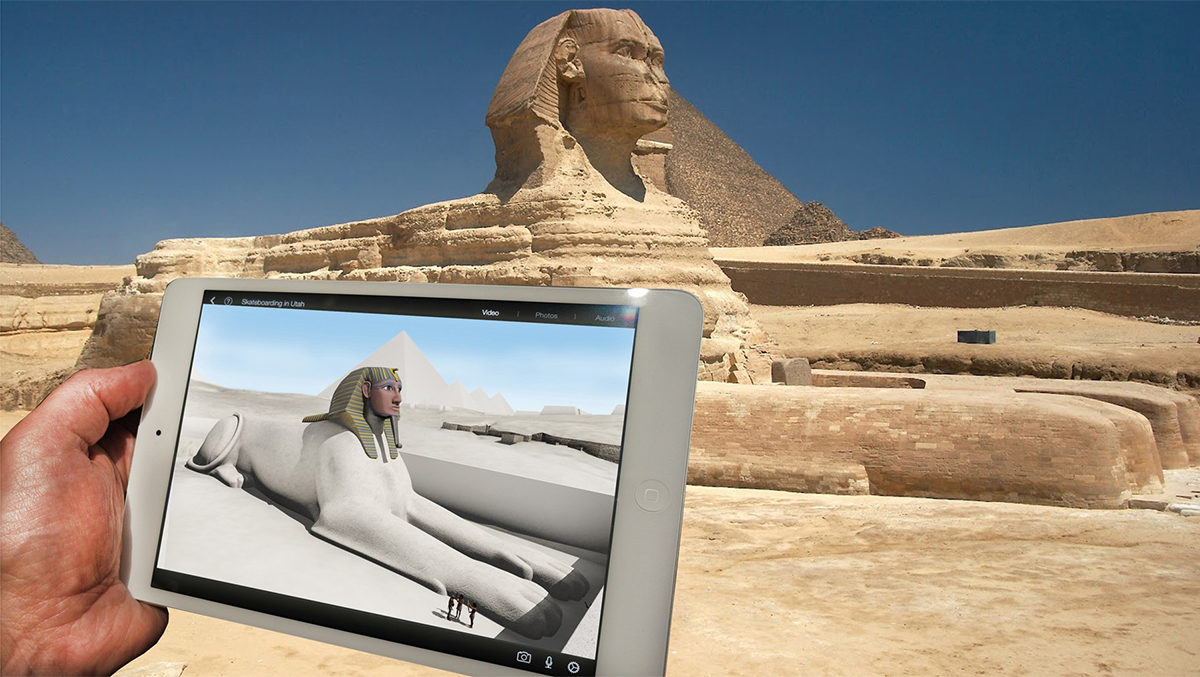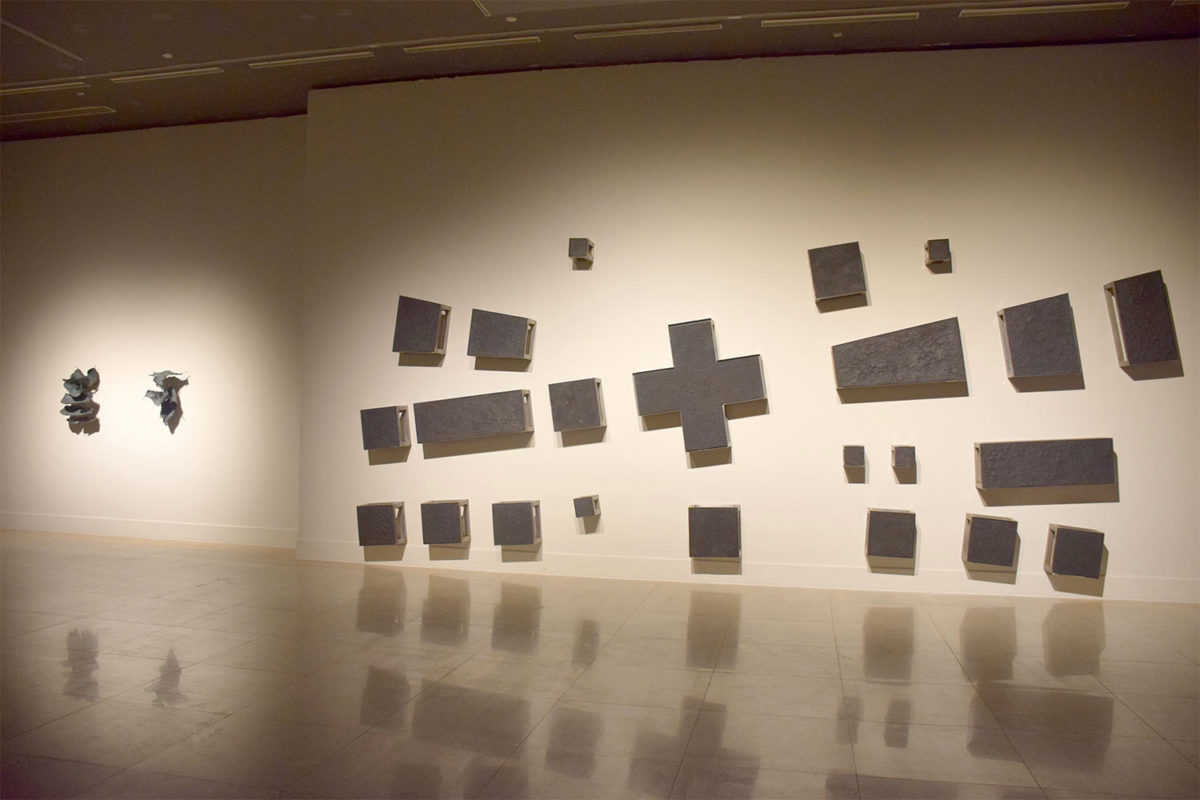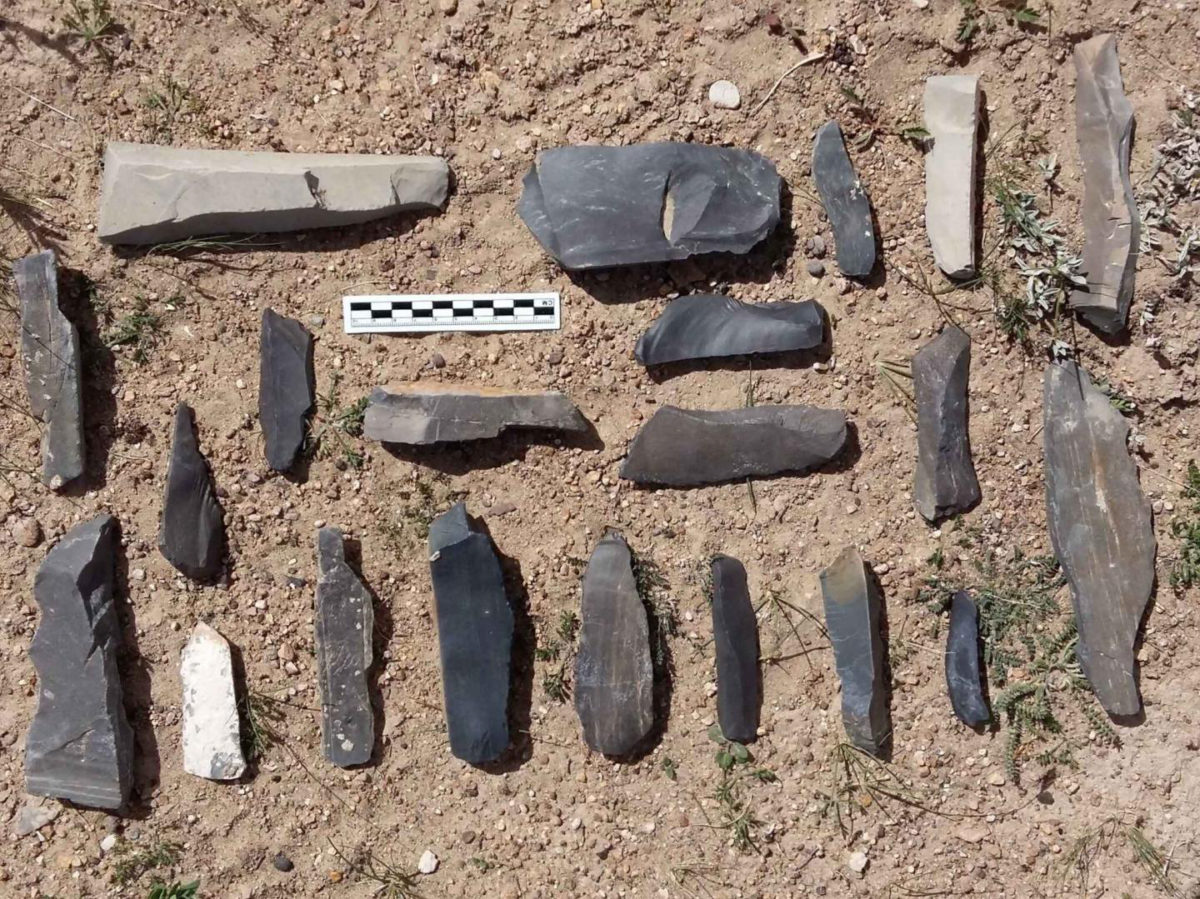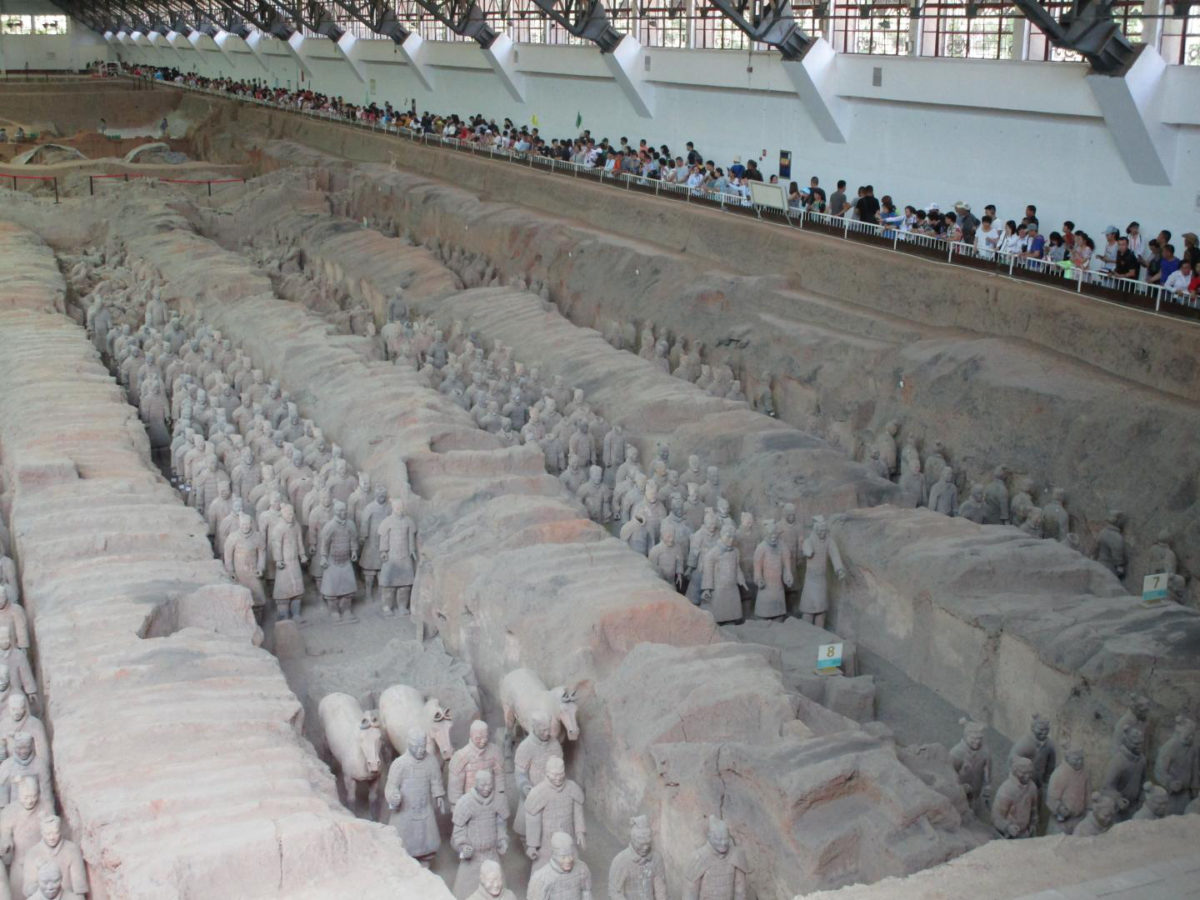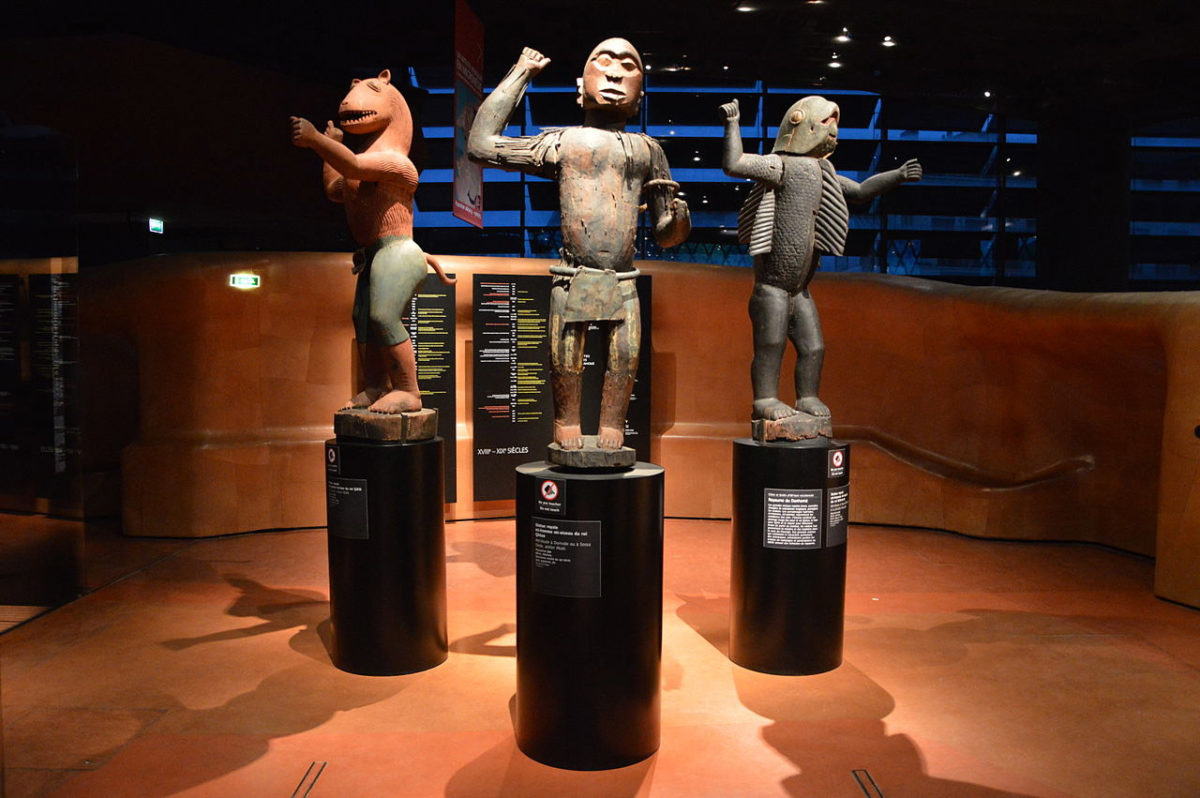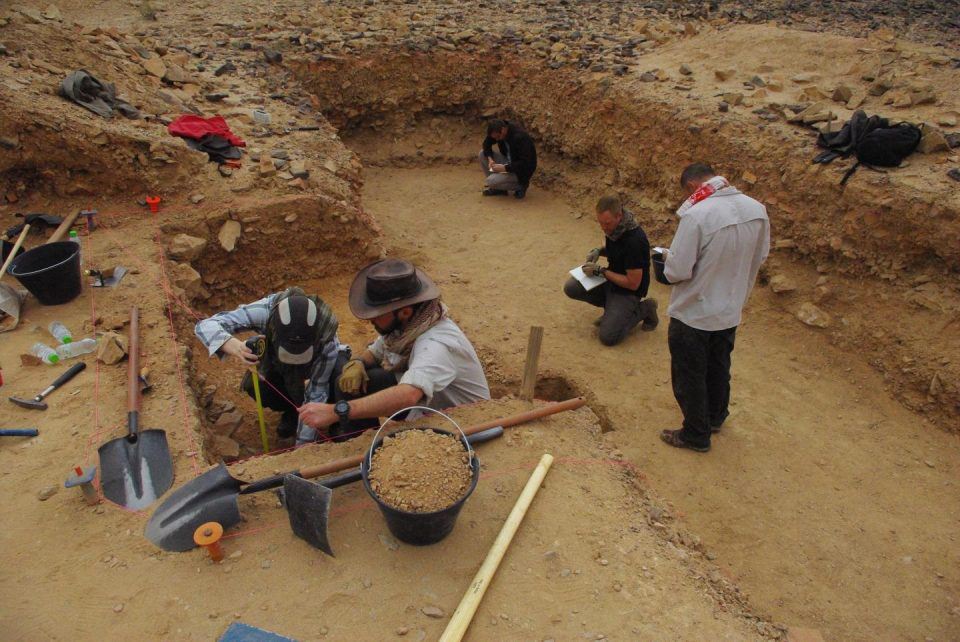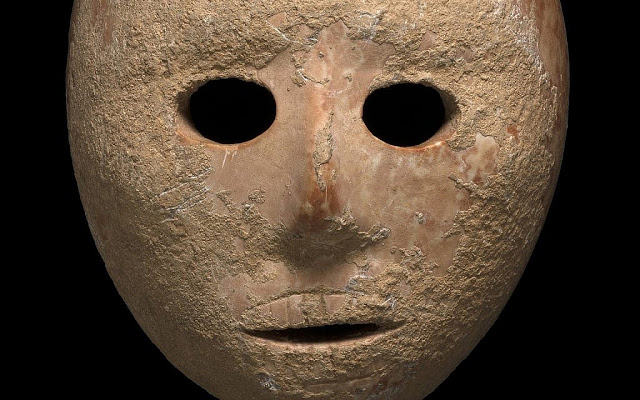Almost three million dollars for Einstein’s “God Letter”
The letter that was among other papers of Gutkind, went up for auction for the first time in 2008 and had been sold for £170,000.
Scientists found new giant dinosaur
The Volgatitan belongs to the group of sauropods — giant herbivorous dinosaurs with a long neck and tail, who lived on Earth about 200 to 65 million years ago.
The hominins of Sima de los Huesos are drawing ever closer to the Neanderthals
A comparison was made for the first time between the sample from the Sima de los Huesos site, in Atapuerca (Burgos), and dental samples from the Neanderthal site of Krapina, in Croatia, as well as with different modern human populations.
The whole of Africa was the cradle of Humankind
Two decades of field and laboratory research directed by Dr. Sahnouni have shown that ancestral hominins actually made stone tools in North Africa that are near contemporary with the earliest known stone tools in East Africa dated to 2.6 million years.
The excavations at Agios Sozomenos continued
This year the aim was to further investigate the pithos storage house on the small hillock at Ampelia.
The “interior designer” of Schliemann’s residence
139 years ago, on December 5, 1879, the Slovenian painter Jurij Šubic arrived in Athens after being invited by Heinrich Schliemann and Ernst Ziller.
Rethinking the history related to indigenous sites in northeast North America
Radiocarbon re-dating of contact-era Iroquoian history in northeastern North America.
Medullary bone found in Cretaceous birds
Report of the first occurrence of medullary bone in Enantiornithes, the dominant clade of birds during the Cretaceous.
There is no scientific proof that war is ingrained in human nature
Is it in our nature to go to war? Should we just accept the fact that humans have this innate tendency and are hardwired to kill members of other groups?
Archaeological exhibition “Treasures of the Middle Ages” in Athens
The exhibition "Treasures of the Middle Ages" from the State Archaeological Museumn of Warsaw opens today in the Byzantine and Christian Museum of Athens.
Mote of Urr excavation published after 65 years
The results of Brian Hope-Taylor’s excavation of the Mote of Urr have been published 65 years after it was excavated.
A ring belonging to Pontius Pilate has perhaps been found in Israel
The ring had been discovered 50 years ago during excavations at the archaeological site of Herodion near the West Bank of Bethlehem.
Study puts the Neotropics on the map of the world’s food production centers in antiquity
Sambaqui societies had sophisticated diet; study suggests that hunter-gatherer communities living in coastal Atlantic Forest areas between 8,000 and 1,000 years ago consumed a range of plants and more carbohydrates than expected for the period and region.
Artificial intelligence for studying the ancient human populations of Patagonia
Argentine and Spanish researchers have used statistical techniques of automatic learning to analyze mobility patterns and technology of the hunter-gatherer groups that inhabited the Southern Cone of America.
Ancient populations from different Caucasus regions had strong social connections
Research group from Russia and the United States analyzed samples of obsidian volcanic glass in Kabardino-Balkaria.
Greek Culture in the Roman World
The American Classical League invites scholars and teachers to submit abstracts for its affiliated group panel session, "Greek Culture in the Roman World".
Ancient Egypt and New Technology Conference
Abstracts will be accepted through December 31, 2018 for a conference on Ancient Egypt and New Technology, to be held at Indiana University - Bloomington on March 29-30, 2019.
Opening in China of the exhibition of the National Museum of Contemporary Art, Greece
In the exhibition entitled “At the beginning was the word. Concepts - Images - Script″ 40 Greek and foreign artists are participating with 80 works that belong to the permanent collection of EMST.
New archaeological site revises human habitation timeline on Tibetan plateau
Human ancestors first set foot on the interior of the Qinghai-Tibetan Plateau around 30,000-40,000 years ago, according to new research by scientists from the Chinese Academy of Sciences.
Oldest-known ancestor of modern primates may have come from North America, not Asia
About 56 million years ago, on an Earth so warm that palm trees graced the Arctic Circle, a mouse-sized primate known as Teilhardina first curled its fingers around a branch.
The ‘Chinese Pyramids’ and the pole star
All the emperors of the the Western Han dynasty chose to be buried under 'Chinese pyramids'.
France returns 26 looted works of art to Benin
The decision followed the submission of a report recommending the return of cultural artefacts taken from Africa in the colonial period.
Stone tools linked to ancient human ancestors in Arabia have surprisingly recent date
Beginning more than 1.5 million years ago, early humans made stone handaxes in a style known as the Acheulean – the longest lasting tool-making tradition in prehistory.
9,000-year-old stone mask unveiled in Israel
The mask from Pnei Hever joins other masks attributed to the Pre-Pottery Neolithic B period discovered in the southern Hebron Hills.
